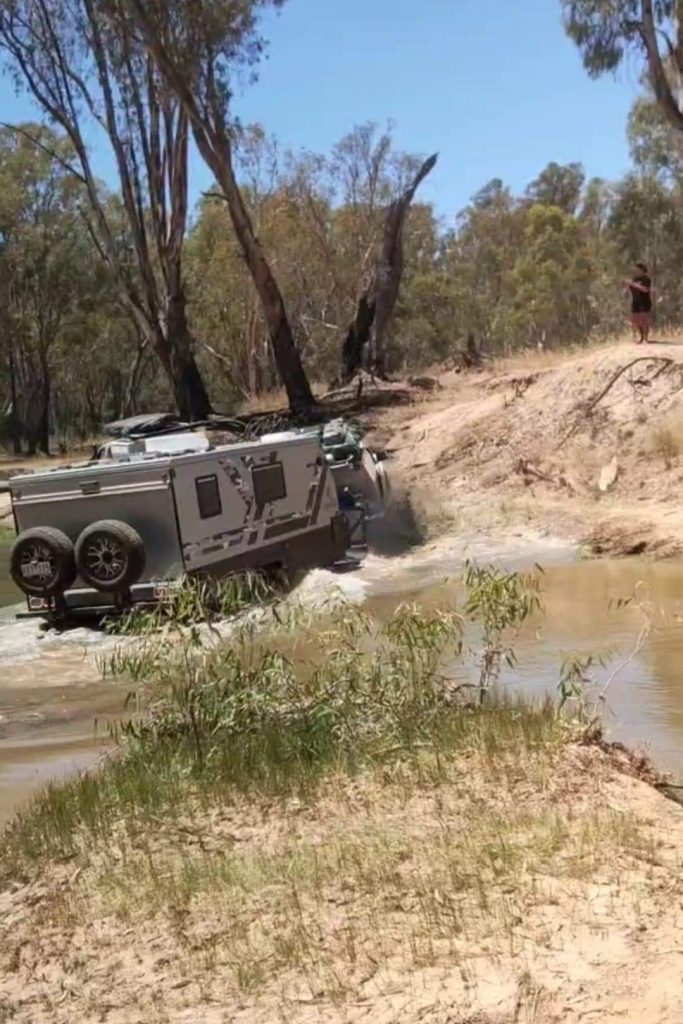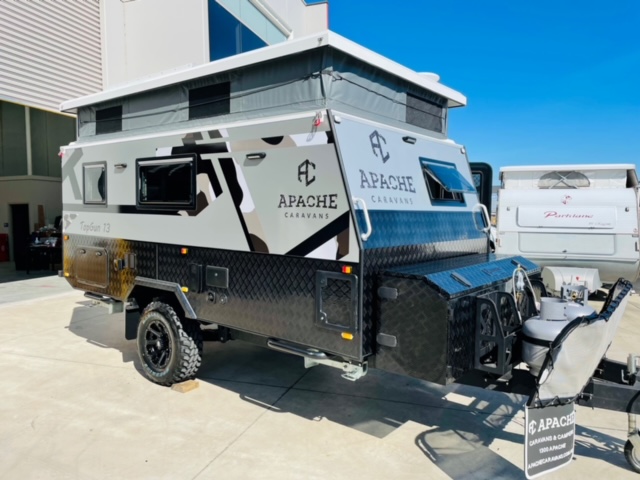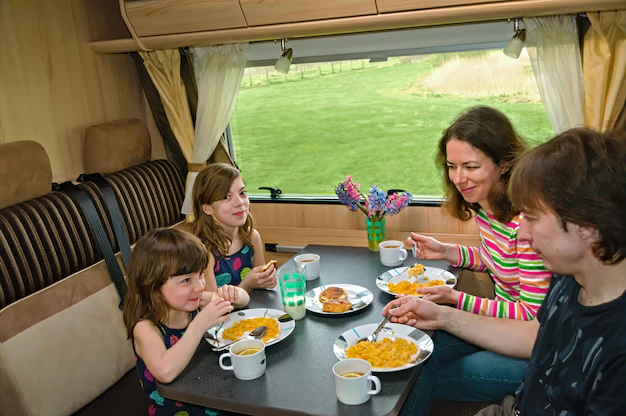Rain is inevitable and often unwelcome when caravaning. It can add a whole new set – and some unexpected delights – to your game.
Check that your caravan is weatherproof. Modern vans come with one-piece roofs which eliminate most frame-rotting problems. However, rubber seals around windows as well as front and side lockers can crack or degrade after being exposed to the sun for months.
You can check for broken seals by spraying your garden hose with a strong solution. However, they are easy to spot and it is worth making a stop at a local caravan repair shop before you leave.
You should also inspect the seals around your roof-top AC unit and roof hatches. These seals are typically the flexible seals that were applied with a glue gun. Any handyman can easily remove the old seal and apply new material.
You would also block any dust holes in your cupboards. Make sure you check their water resistance and make sure you inspect them again around cables.
Another potential source of leakage is the mandatory gas vent holes at the door. However, the water rarely gets anywhere dangerous.
After you’ve done this, make sure to pack a waterproof jacket, hat, and plastic sandals, or thongs. They are always handy.
Next, you have to realize that your rig will not be as steady in the wet as it was in dry. It won’t stop as easily so you will need to make sure there is enough space between your vehicle and traffic.
You can also back off your electronic brake controller a bit in towns and early in the morning. If your caravan’s wheels are about to lock in the dry, it will. It’s skidding weight will push you into the rear of traffic.
You shouldn’t expect the same level of control on twisty roads. Your van’s towball load is 200-400kg pushing your tow vehicle sideways.
However, the problems are multiplied on muddy, wet roads. There’s another dimension: crowned roads. They can help drainage but they can make it difficult to get back on less traveled back roads.
You’ll feel a lot more confident if you have a 4WD vehicle to tow your car.
Deeply muddy roads are dangerous as you will follow them wherever they lead. You should also be careful about side roads that are too crowded.
You will often find “chicken tracks” on less traveled Outback roads that diverge from the main road to avoid boggy sections. It’s not the most difficult work, but it was much easier than the one north of Broken Hill where we ended up with a stump. It is tedious, but I recommend that you walk it first. Water across the road can be treacherous and may conceal rocks or broken pavement.
We park up first when we encounter water. Then, we watch the vehicles pass by to make sure they are safe. You have to remember that torque is your friend, not wheelspin. Therefore, 2nd gear is usually a better choice than 1.
If the water splashes on the bonnet, don’t worry. This is an indication that you (1) are driving too fast and (2) more pressure is forcing your engine’s electrics to work from below. It might even cause them to go out of control midstream.
After you have found your camping spot, locate the rig so you can drive it out again in morning in case it rains. Ideally, point it downhill rather than uphill.
Before you stop, check the layout of your hand. Avoid low-lying, flat areas, as water cannot drain from them. Instead, look for higher ground where it can.
You can then extend your awning to allow for ventilation. This is where your air conditioner will work as a dehumidifier.
Here’s a tip. One tip: Spray the underside of your van with some car washing fluid when you reach a town that has it. Hard, dried mud may cause problems with your vehicle’s balance and ABS brakes. Also, make sure that any wires and cables have not been damaged by your muddy adventures.
There are some upsides to traveling off-season, especially during the northern Wet’ period from late November through early May. This is when the waterfalls and frogs flow beautifully and the red dirt becomes grass.
Instead of being afraid of wet-weather caravanning, embrace it. Be prepared to have fun and be safe!
For more caravanning trips, follow us on Facebook and Instagram or visit subscribe to our email list




